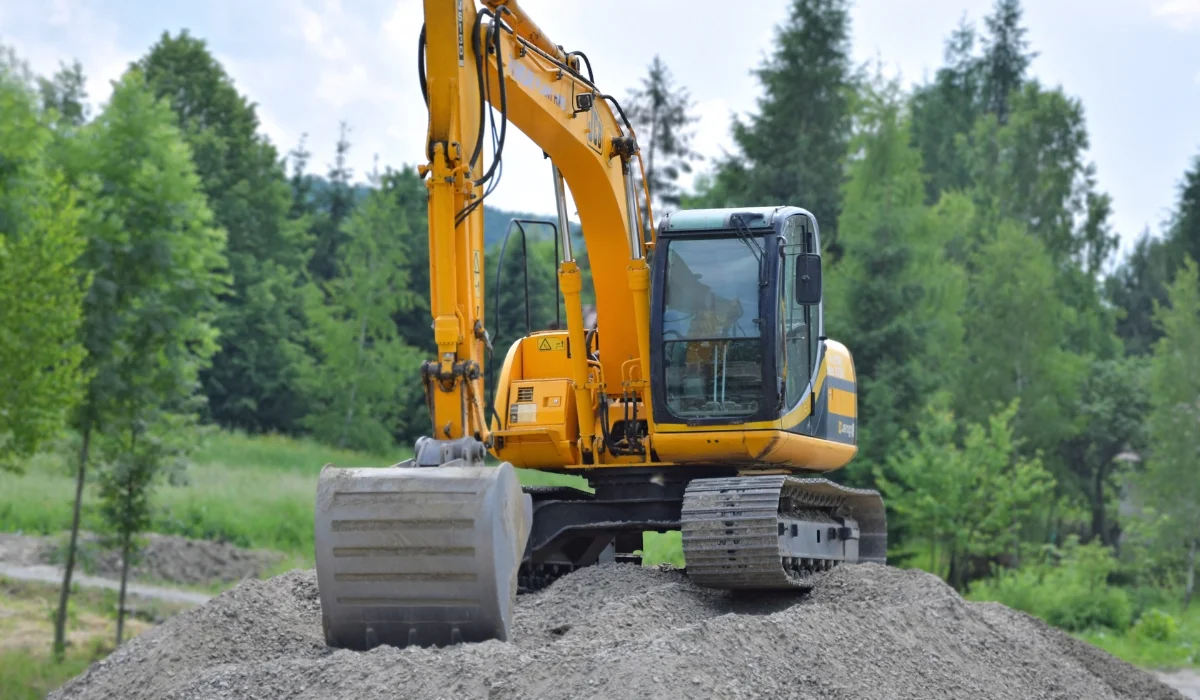In the world of construction, innovation is key to advancing building practices. One groundbreaking innovation that has reshaped the industry is the use of precast concrete products. These versatile components have revolutionized the way structures are designed, built, and assembled, offering a wide array of benefits that extend beyond traditional construction methods.
From speeding up project timelines to enhancing sustainability, precast concrete products are transforming construction in remarkable ways.
The Power of Precast Concrete Products
Precast concrete involves the manufacturing of structural elements off-site in a controlled environment, rather than casting them in place at the construction site. This approach enables the creation of standardized components that can be produced efficiently and consistently.
Once manufactured, these precast elements are transported to the construction site for assembly, streamlining the construction process and minimizing on-site labor.
Accelerating Project Timelines
One of the most significant advantages of precast concrete products is their ability to drastically reduce construction timelines. Traditional construction methods often involve sequential tasks, with each phase waiting for completion before the next can begin.
Precast components, on the other hand, can be produced concurrently with site preparation, foundation work, and other construction activities. This parallel approach significantly accelerates the overall project schedule, enabling structures to be completed in a fraction of the time it would take using conventional methods.
Related: 6 Different Phases of Construction Project Management
Enhancing Quality and Consistency
Quality control is a paramount concern in construction, and precast concrete products address this concern head-on. The manufacturing of precast components takes place in controlled facilities, where factors such as temperature, humidity, and curing can be meticulously managed.
This controlled environment ensures that each component meets stringent quality standards, resulting in uniformity, structural integrity, and durability. In contrast, on-site casting is more susceptible to variations caused by weather conditions, workmanship, and material inconsistencies.
Unleashing Design Possibilities
While some might associate precast concrete with monotonous, cookie-cutter designs, modern precast techniques have shattered that misconception. Advanced mold-making technologies allow for intricate detailing, complex shapes, and a wide range of textures and finishes. This versatility empowers architects and designers to explore creative possibilities, transforming precast concrete from a functional necessity into an aesthetic feature.
Whether mimicking the appearance of natural stone, achieving sleek contemporary looks, or integrating decorative patterns, precast concrete products can be tailored to match virtually any architectural vision.
See Also: 10 Best Construction Equipment Rental Software
Sustainability and Environmental Benefits
The construction industry is under increasing pressure to adopt sustainable practices, and precast concrete products offer a compelling solution. The controlled manufacturing process results in minimal material waste, as unused materials can be recycled for future components.
In addition, the durability of precast concrete structures reduces the need for frequent maintenance and replacement, leading to resource conservation over the building’s lifespan. Precast elements also contribute to energy efficiency by providing better insulation and thermal performance, which ultimately reduces energy consumption and the associated environmental impact.
Unmatched Durability
Durability is a hallmark of precast concrete products. The manufacturing process involves precise mix design and proper curing techniques, leading to concrete with exceptional strength and resilience. These components are designed to withstand various stressors, including weather, fire, and wear, making them ideal for structures that require longevity and stability.
This durability not only ensures a longer lifespan for the building but also reduces maintenance costs, providing long-term economic benefits.
Reducing On-Site Disruption
Construction activities can cause disruptions to communities and the environment, particularly in densely populated urban areas. Precast concrete products offer a solution by minimizing on-site construction work. The bulk of construction occurs in controlled facilities, which significantly reduces noise, dust, and traffic congestion at the construction site.
See Also: 5 Construction Painting Problems, Causes, and Solutions
Transforming the Construction Landscape
Innovation in construction has ushered in a new era of efficiency, sustainability, and quality. Precast concrete products exemplify this innovation, fundamentally transforming the construction landscape. Their ability to expedite project timelines, ensure consistent quality, enable diverse design possibilities, and contribute to environmental sustainability showcases the true potential of precast concrete.
As the construction industry continues to evolve, precast concrete products stand as a testament to the remarkable strides that can be achieved when technology, creativity, and practicality converge. With their transformative power, precast concrete products are set to remain a cornerstone of construction practices, reshaping skylines and building a more resilient future.





